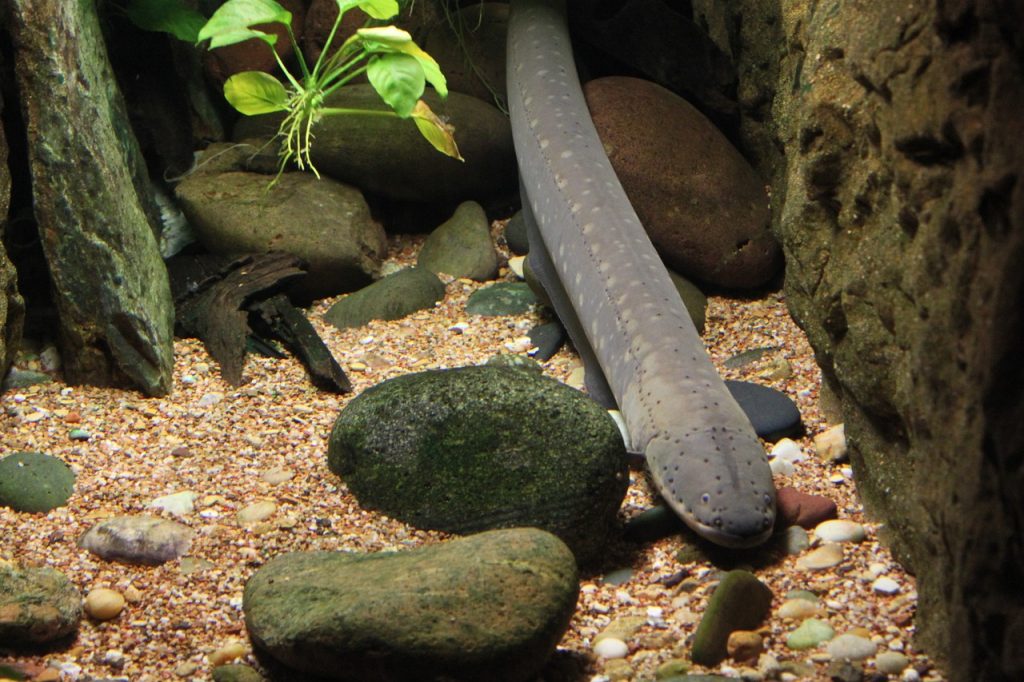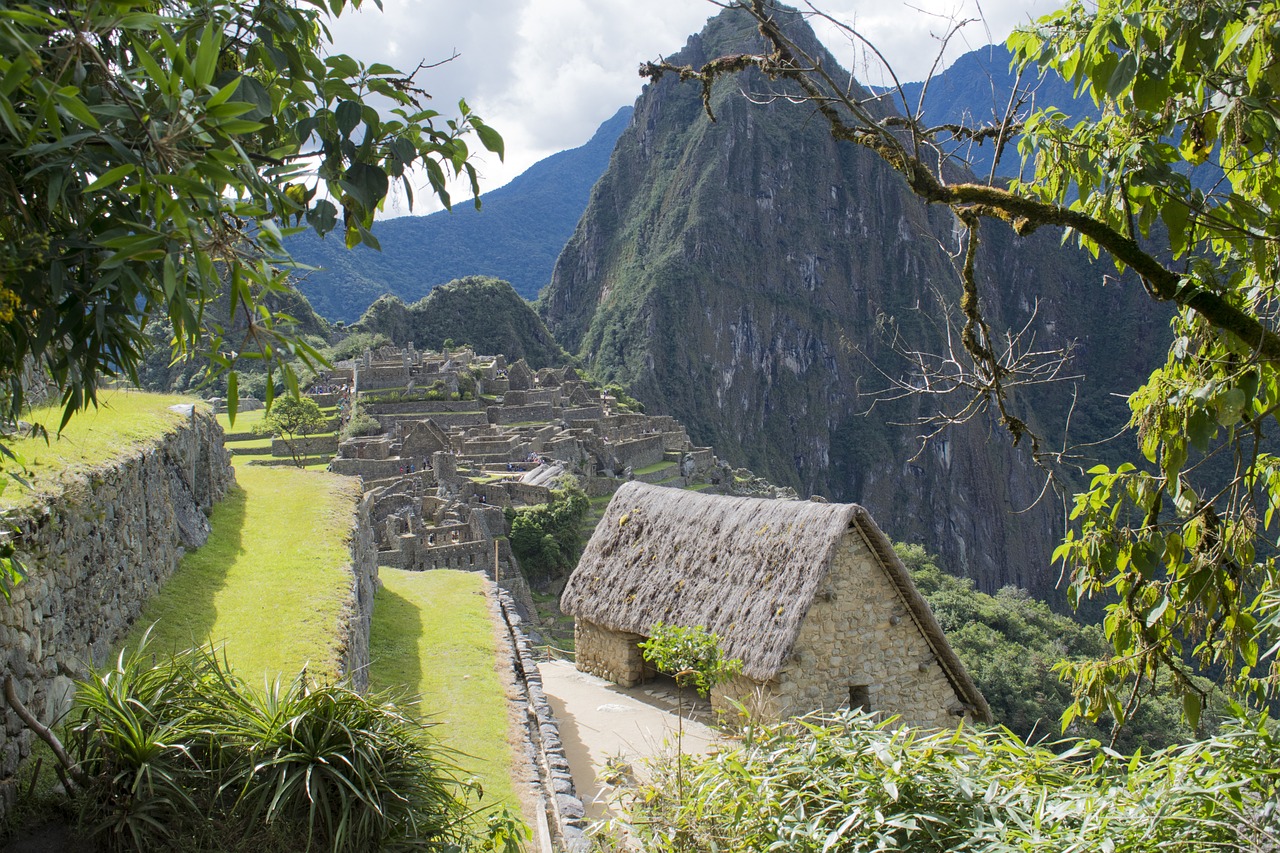A biome is a geographical area characterized by its natural vegetation, wildlife, and climate. There are several biomes in the world, each with its unique ecosystem, and they all play a crucial role in maintaining a healthy environment for all living creatures. This article will provide a comprehensive overview of sustainable biomes, what they are, why they are important, and how we can protect and preserve them.
Table of Contents
ToggleWhat are Sustainable Biomes?
Sustainable biomes are geographical areas that have maintained their natural balance and ecosystems over time, despite human interference. These biomes are characterized by their diverse vegetation and wildlife, which work together to form a self-sustaining system. Examples of sustainable biomes include tropical rainforests, grasslands, and coral reefs.
Why are Sustainable Biomes Important?
Sustainable biomes are essential for maintaining the health of the planet and all its inhabitants. They play a vital role in regulating the Earth’s climate, water cycle, and air quality, which in turn supports all living creatures. Additionally, sustainable biomes are rich in biodiversity and are home to numerous species of plants and animals, many of which are endangered and can only be found in these areas.
Threats to Sustainable Biomes
Unfortunately, sustainable biomes are facing numerous threats that put their health and survival at risk. These threats include deforestation, habitat destruction, climate change, and pollution. As a result, many of these biomes are losing their natural balance and are in danger of collapsing. This, in turn, will have a disastrous impact on the planet and all its inhabitants.
Protecting and Preserving Sustainable Biomes
It is crucial to take action to protect and preserve sustainable biomes to ensure their survival and the health of the planet. Some of the steps that can be taken to protect these biomes include:
- Reducing deforestation and habitat destruction
- Implementing sustainable practices to reduce the impact of human activities
- Investing in research to better understand the ecosystem and how it can be preserved
- Supporting conservation efforts to protect endangered species
- Educating the public about the importance of sustainable biomes and how they can be preserved.

The Role of Humans in Sustainable Biomes
Humans play a significant role in the health and survival of sustainable biomes. Our actions and activities have a direct impact on these ecosystems, and it is up to us to reduce our impact and ensure their preservation. This can be achieved through sustainable practices, such as reducing our carbon footprint, using renewable energy sources, and minimizing waste.
Additionally, humans can support conservation efforts by supporting organizations that work to protect and preserve sustainable biomes. By investing in these efforts, we can help to ensure that these biomes remain healthy and thriving for generations to come.
The Future of Sustainable Biomes
The future of sustainable biomes depends on our actions and our willingness to protect and preserve them. If we continue to ignore the threats that these biomes face, we risk losing them forever, and with them, a crucial part of our planet’s ecosystem.
However, by taking action to reduce our impact and supporting conservation efforts, we can ensure the future of these biomes and the health of the planet. By working together and making small changes in our daily lives, we can make a big difference in the health and survival of sustainable biomes.
Conclusion
Sustainable biomes play a crucial role in maintaining the health of the planet and all its inhabitants. However, these biomes are facing numerous threats that put their survival at risk. It is up to us to take action to protect and preserve these biomes for future generations. By reducing the impact of human activities, supporting conservation efforts, and educating the public, we can ensure that sustainable biomes remain healthy and thriving for years to come.
FAQs
- What are sustainable biomes? Sustainable biomes are geographical areas that have maintained their natural balance and ecosystems over time, despite human interference.
- Why are sustainable biomes important? Sustainable biomes play a crucial role in regulating the Earth’s climate, water cycle, and air quality, and they are rich in biodiversity and are home to numerous species of plants and animals.
- What are the threats to sustainable biomes? The main threats to sustainable biomes include deforestation, habitat destruction, climate change, and pollution.
- What can be done to protect and preserve sustainable biomes? Some of the steps that can be taken to protect and preserve sustainable biomes include reducing deforestation and habitat destruction, implementing sustainable practices, investing in research, supporting conservation efforts, and educating the public.
- How does preserving sustainable biomes benefit the planet and its inhabitants? By preserving sustainable biomes, we ensure that the Earth’s climate, water cycle, and air quality are regulated and maintained at a healthy level, which supports all living creatures on the planet. Sustainable biomes also provide a home for numerous species of plants and animals, many of which are endangered, and are therefore crucial for maintaining biodiversity and preventing species extinction.








5 thoughts on “Sustainable Biomes: Understanding the Importance of a Healthy Ecosystem”
Pingback: Are Rhinos Extinct? - Sustainability Awakening
Pingback: The Consequences of Tropical Forest Loss on Global Emissions
Pingback: Abundant Reefs Discovered Off the Patea Coast: A Breakthrough
Pingback: Discover the Diversity of Biomes of the World; A Guide
Pingback: The Environment: Types, Examples, Importance, Characteristics, and Scope